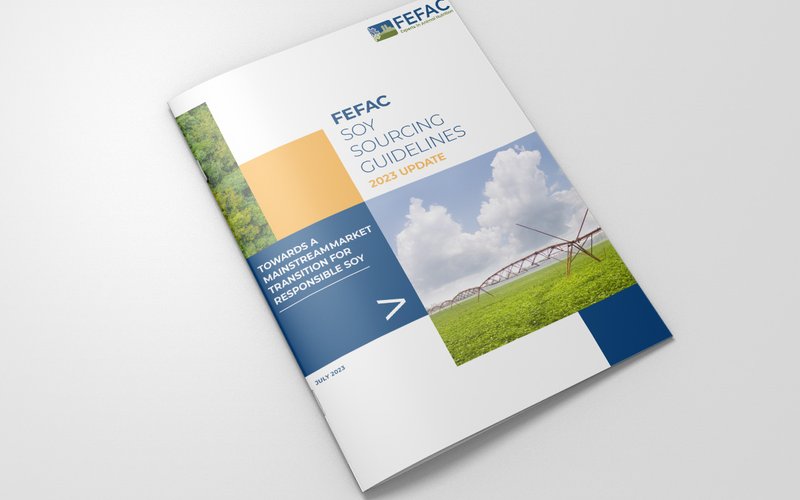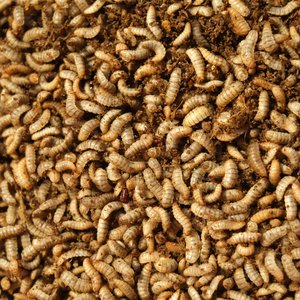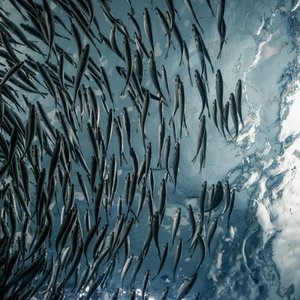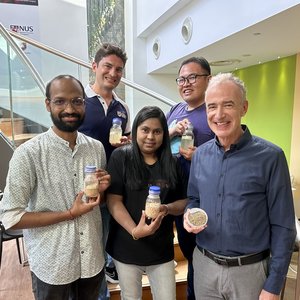FEFAC released an updated version of the FEFAC Soy Sourcing Guidelines. The key change in the 2023 update is that the criterion for the protection of natural ecosystems has become an essential requirement.
With this change, certification and verification schemes and programs must ensure that the certified soy has not been cultivated in converted natural ecosystems (natural forests, native grasslands, wetlands, swamps, peatlands, savannas, steep slopes and riparian areas) in line with the definition of the Accountability Framework Initiative after a specific cut-off date no later than December 31, 2020, in order to successfully pass the benchmarking exercise against the FEFAC Soy Sourcing Guidelines, facilitated by the International Trade Centre (ITC). Nineteen out of 20 schemes that applied for benchmarking against the FEFAC Guidelines 2021 version already included the desired criterion on conversion-free soy.
FEFAC president Pedro Cordero said that “the updated FEFAC Soy Sourcing Guidelines demonstrate the value of responsible soy schemes and programs in assuring deforestation and conversion-free soy supply chains and collecting the necessary information and input for optimal risk management. At the same time, we like to recall that FEFAC’s key objective with the development of its Soy Sourcing Guidelines is to provide market transparency for its members and other soy value chain partners.”
The FEFAC Soy Sourcing Guidelines still contain 73 criteria – covering a wide sustainability spectrum including aspects of good agricultural practices, responsible working conditions and other environmental protection measures – but now include one more essential criteria (55) compared to the 2021 version. Schemes still need to include at least eight of the now 18 desired criteria to pass the benchmarking. Responsible soy certification schemes and programs have been invited to apply for benchmarking against the updated FEFAC Guidelines, while FEFAC has also received interest from schemes not previously benchmarked.
ITC has already adapted the FEFAC webpage on ITC Standards Map to anticipate new benchmarking results, allowing users to distinguish between benchmarking results against the 2021 and 2023 versions and providing transparency on which schemes are able to deliver satellite polygons to underpin the conversion-free status of certified farmers.
“At the present stage, the Soy Sourcing Guidelines 2023 update cannot be considered as an EUDR compliance tool, since too many operational questions about EUDR implementation remain unanswered. On the other side, we do believe that all verification and certification programs and schemes which pass the ITC-facilitated benchmarking exercise provide useful information to soy value chain partners to carry out a risk assessment and establish the required documentation under the new EUDR, pending further clarification via commodity-specific best practice guidelines to operators,” Cordero concluded.










